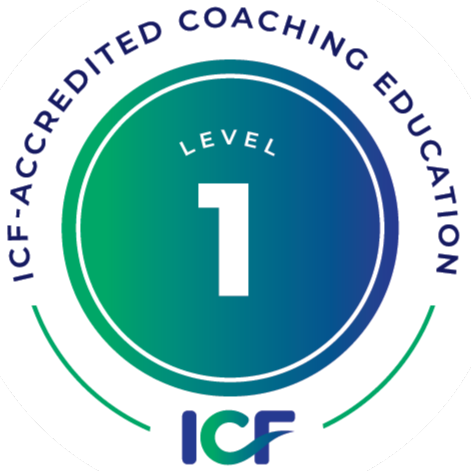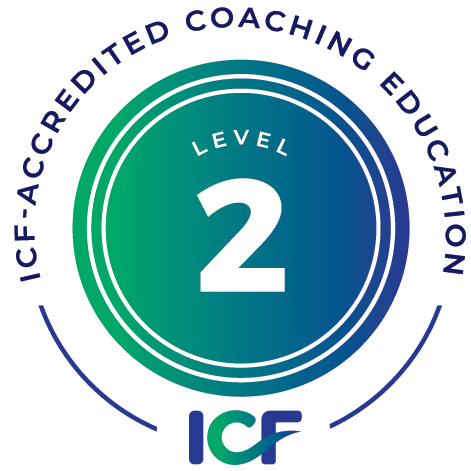
In my last blog post, I introduced the idea of befriending gremlins instead of trying to banish or destroy them. I also mentioned the assertion, put forth by the Internal Family Systems (IFS) psychological model, that gremlins have positive intent at their core.
That might seem like a radical claim. After all, these guys are known to torment people, undermine their goals, and make them feel horrible about themselves. If you’ve ever worked with anyone in a coaching capacity, you’ve certainly encountered a gremlin or two, and you’ve likely made the acquaintance of a few of your own as well.
You may wonder, then, how gremlins could have positive intent. I want to share an experience I had a couple of years ago with one of my gremlins. It involved using IFS to get to know a gremlin from a place of calm acceptance and curiosity (which IFS refers to as Self). The experience was in a therapy, not coaching, context, but bear with me. You’ll be surprised by the outcome, as was I, and you may never think about gremlins in the same way again.
I was taking an IFS Inner Critic telecourse, and I volunteered for a demo. I worked with an inner critic “part” (subpersonality) that repeatedly told me I had a flawed body and should never be in an intimate relationship. If I did, the Critic part said I’d never be acceptable and would get criticized and shamed.
With the support of Jay, the instructor, I tuned in internally in hopes of getting to know the gremlin and understand where it was coming from. It appeared as a huge figure that told me it refused to let me be in an intimate relationship. It kept looking at me in an extremely critical way, as if to say, “With a body like that, you should never even consider having a relationship.”
Jay suggested that I ask the Critic what it was trying to accomplish by criticizing my body and telling me I shouldn’t be in a relationship. The Critic said it was trying to keep me safe from being hurt again. As I listened, I felt a sense of affection toward the Critic for wanting to protect me so much, and I recognized how devoted this Critic was to me. I thanked it for protecting me and caring about me.
I also knew, from both my understanding of IFS and Jay’s facilitation, that the Critic was protecting a hurt part. I asked the Critic if it would be willing to show me the hurt part that it was protecting. It showed me a little girl who was running really fast, as if she was being hunted and was desperately trying to find a safe space.
Jay suggested that I ask the little girl to show me a memory or an image of what happened to her to make her feel that way. She showed me a scene of something that happened when I was six years old. My father went into a rage, took me into his bedroom, pulled down my pants, and whipped me with his belt.
The little girl was tormented by that memory and the feelings that accompanied being the target of my father’s rage. She was also tormented by the experience of having no one to turn to for help or comfort.
Jay then suggested that I enter that scene and be with the little girl in the way she needed someone to be with her back then. When I did, I sensed that she wanted me to take her out of that house and away from all of those people, which I did. The little girl still felt shaky from what she’d been through, but she felt relieved, and she trusted that I would protect her from that point on.
Then Jay asked me to go back to the Critic and see if it was aware of what had happened with this little girl. When I checked in with the Critic, it wasn’t huge anymore. It was aware of the work that had just happened with the little girl and the fact that the girl was feeling safe now. The Critic was open to reevaluating its place in my life since its protective role with regard to the little girl was no longer needed. My Self had assumed that function in a much more positive and proactive way.
It made perfect sense that when I was young, I’d developed a part that would do anything in its power to keep me away from men. As a result of having been whipped by my father, my Critic part saw men as toxic and dangerous. Its criticism of my body was the best strategy it could come up with at the time to keep me safe. After I rescued the little girl, the Critic learned that I was no longer in danger, so it could relax. It also saw that there was a healthier way for me to be safe—by setting boundaries and removing myself from toxic situations.
Remarkably, since that demo, my Critic has given up its critical role—I haven’t heard a peep from it. A single IFS experience was all that it took to connect the dots between that Critic, the hurt part it was protecting, and my Self, which was now available as a supportive resource for both of those parts. The process didn’t involve silencing, squashing, or ignoring the gremlin; instead, it involved getting inside its world, seeing through its eyes, and helping relieve its distress through a combination of witnessing and powerful questions.
A non-therapy version of this process can be brought into coaching sessions to defuse the power of gremlins while also appreciating them as harbingers of imbalances that need to be addressed proactively. I’ll elaborate in upcoming blog posts.

Kira Freed, M.A., BCC, CLC, CWC, is a certified life and wellness coach and freelance writer who received her coach training through ILCT. Her innovative coaching style incorporates Internal Family Systems (IFS), a gentle, respectful, cutting-edge psychological model that can turbocharge coaching. Kira’s website is http://www.kirafreedcoaching.c....




